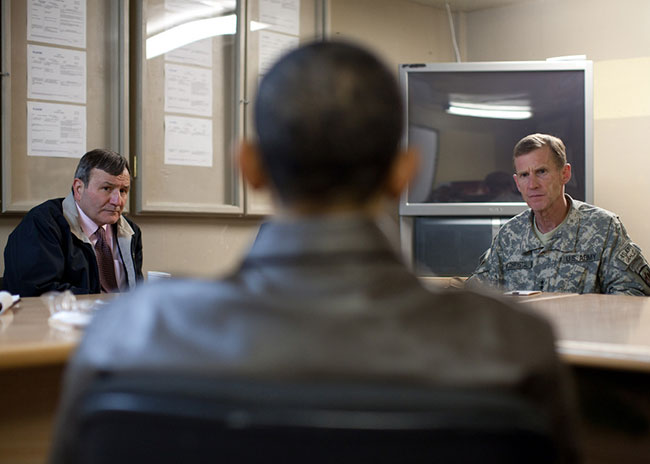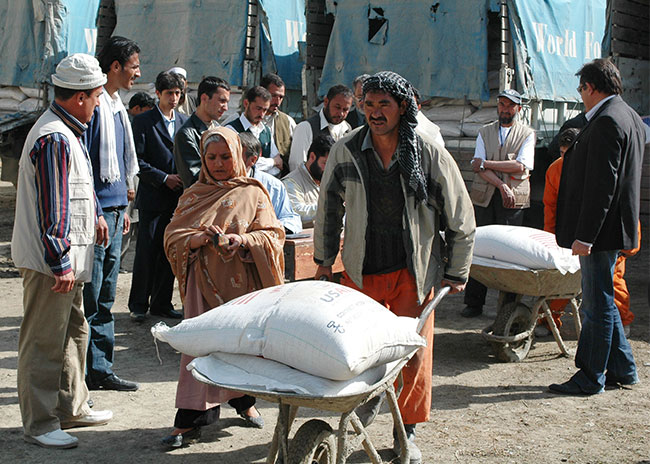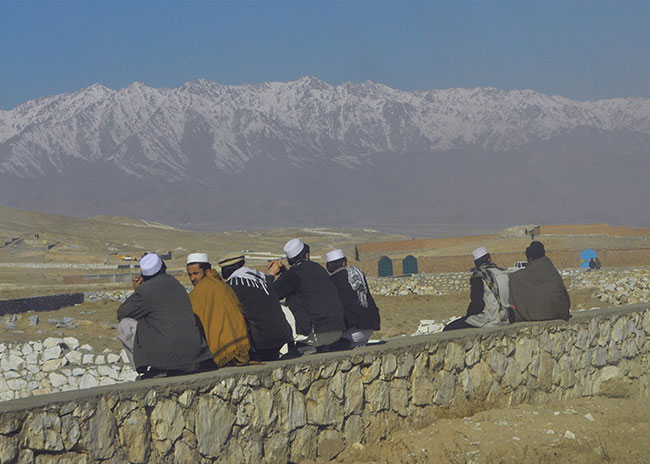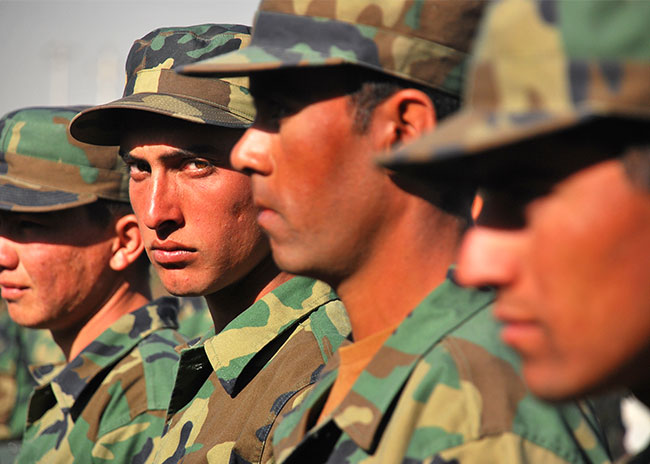Lessons
Lessons Learned from the U.S. Experience with Corruption in Afghanistan
Based on the foregoing narrative and findings, this section distills lessons learned from the U.S. experience with corruption in Afghanistan. These lessons should inform reconstruction efforts at the onset of and throughout contingency operations.

Lesson 1:
The U.S. government should make anticorruption efforts a top priority in contingency operations to prevent systemic corruption from undermining U.S. strategic goals.
Corruption significantly undermined the U.S. mission in Afghanistan by damaging the legitimacy of the Afghan government, strengthening popular support for the insurgency, and channeling material resources to insurgent groups. Surveys and anecdotal evidence indicate that corrupt officials at all levels of government victimized and alienated the Afghan population. Substantial U.S. funds found their way to insurgent groups, some portion of which was due to corruption. Corruption also undermined faith in the international reconstruction effort. The Afghan public witnessed limited oversight of lucrative reconstruction projects by the military and aid community, leading to bribery, fraud, extortion, and nepotism, as well as the empowerment of abusive warlords and their militias.

Lesson 2:
U.S. agencies should develop a shared understanding of the nature and scope of corruption in a host country through political economy and network analyses.
In Afghanistan, the United States was slow to acknowledge the systemic and entrenched nature of corruption, which in turn delayed its awareness of how corruption threatened core U.S. goals. The Afghan Threat Finance Cell (ATFC), put in place in late 2008, was arguably the first organization to understand the nexus of corruption, criminality, narcotics, and the insurgency by tracking money flows and using network analysis. The unit relied on DOD, Justice, and Treasury personnel and expertise, and communicated its findings across agencies in Kabul and Washington. As a result of the ATFC’s and others’ work, by 2009 U.S. officials were increasingly concerned about the corruption threat and the need for strong anticorruption efforts. Executive branch agencies established several organizations, conducted studies, and pursued programs to address different aspects of corruption. A critical first step to understanding the corruption threat was for U.S. agencies to jointly conduct high-level, thorough political economy analyses of criminal patronage networks and their associated money flows.

Lesson 3:
The U.S. government should take into account the amount of assistance a host country can absorb, and agencies should improve their ability to effectively monitor this assistance.
Tens of billions of dollars injected into the Afghan economy, combined with the limited spending capacity of the Afghan government, increased opportunities for corruption. This was exacerbated by poor oversight and contracting practices by donors and the pressure to spend budgets quickly. The amounts also exceeded the oversight capacity of the U.S. military and civilian agencies due to insecurity and lack of mobility, staffing shortages, lack of contract management expertise, and numerous layers of subcontractors who were beyond the reach of contract monitors. Not until 2010 was a more systematic effort made to address how the U.S. government itself contributed to corruption in Afghanistan.

Lesson 4:
The U.S. government should limit alliances with malign powerbrokers and aim to balance any short-term gains from such relationships against the risk that empowering these actors will lead to systemic corruption.
Early on, the United States allied with Afghan warlords—many of whom had committed war crimes and grave human rights abuses against fellow Afghans—to seek their help in eliminating al-Qaeda and remnants of the Taliban. Many warlords were brought into government, where they continued their abuses, maintained private militias, and had links to narcotics, smuggling, and criminal networks. With a weak central government and no fear of law enforcement, the warlords gained impunity and their patronage networks became more entrenched. U.S. partnerships with such individuals gave the Afghan population the impression the United States tolerated corruption and other abuses, seriously undercutting U.S. credibility.

Lesson 5:
U.S. strategies and plans should incorporate anticorruption objectives into security and stability goals, rather than viewing anticorruption as imposing tradeoffs on those goals.
While recognizing the short timelines imposed by U.S. domestic political realities, policymakers must acknowledge the likelihood of an extended engagement and therefore place greater priority on long-term governance objectives. In Afghanistan, the United States repeatedly allowed short-term counterterrorism and political stability priorities to trump strong anticorruption actions. Policymakers tended to believe that confronting the corruption problem—for instance, by taking a hard stand against corrupt acts by high-level officials—would impose unaffordable costs on the U.S. ability to achieve security and political goals. But ultimately, corruption grew so pervasive that it ultimately threatened the security and reconstruction mission in Afghanistan. This lack of coherence in the overall U.S. approach to corruption undermined U.S. efforts to fight it.

Lesson 6:
The U.S. government should recognize that solutions to endemic corruption are fundamentally political. Therefore, the U.S. should bring to bear high-level, consistent political will when pressing the host government for reforms and ensuring U.S. policies and practices do not exacerbate corruption.
The U.S. government must be prepared to invest political capital in encouraging a host government to carry out critical corruption-related reforms. It must also have the political will to provide resources for necessary oversight of U.S. assistance, and to hold back such assistance when it proves ineffective. Senior officials interviewed for this report, as well as many government, academic, and think-tank entities, argue that the U.S. response to corruption in Afghanistan failed to address the fundamentally political nature of the problem, concentrating its efforts on overly technical approaches. Although the U.S. Embassy in Kabul drafted a coherent anticorruption strategy that called for strong U.S. political commitment, it was never approved. U.S. capacity-building efforts were not embedded within a long-term strategy for reducing the incentives for Afghan political leaders to engage in or support a corrupt system.